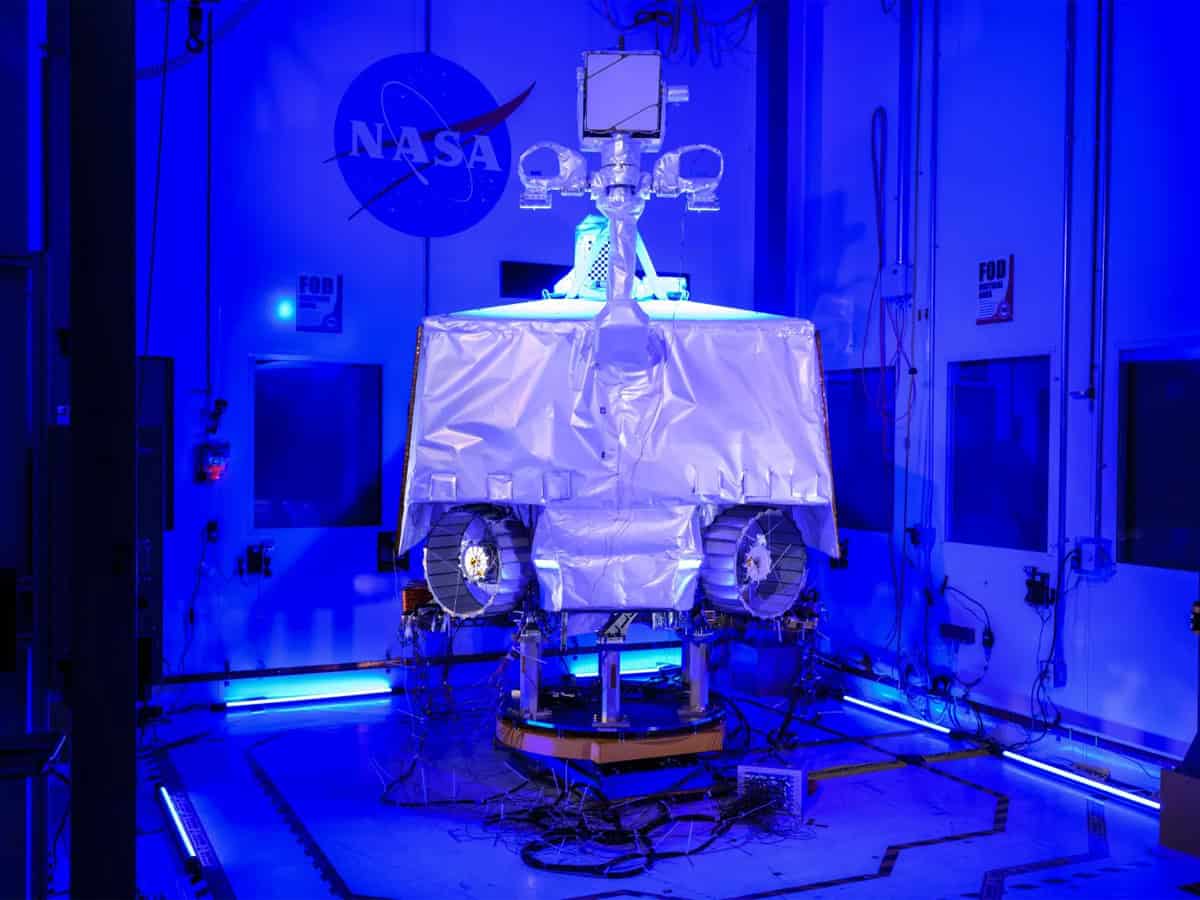
New Delhi: After spending $450 million on the Volatiles Investigating Polar Exploration Rover (VIPER) moon rover programme, NASA on Thursday announced cancelling the mission over budget concerns.
The robotic mission, slated to launch in 2025, aboard an Astrobotic Griffin lander as part of NASA’s Commercial Lunar Payload Services initiative (CLPS). The mission had planned to land near the Moon’s coveted south pole and to spend 100 days in search of ice deposits on the lunar surface.
“We were very confident in the VIPER team. This really gets down to cost and a very constrained budget environment in the US,” said Joel Kearns, Deputy Associate Administrator for exploration at NASA headquarters in Washington, at a teleconference.
Scrubbing the robotic lunar mission will likely save NASA an additional $84 million in development costs.
While noting that the programme was successful thus far, the officials also cited delays to the launch date and the risks of future cost growth.
The rover was originally planned to launch in late 2023, but in 2022, officials requested a delay to late 2024. It was then pushed to September 2025.
In the teleconference, Nicola Fox, associate administrator of NASA’s Science Mission Directorate lauded the VIPER mission officials and said they “worked diligently, even through the pandemic.”
He noted the decision was “very tough” but “based on budgetary concerns in a very constrained budget environment,” Fox added.
The car-sized VIPER — NASA’s first robotic moon rover, will likely be “de-integrated and its scientific instruments reused” in future moon missions.
Meanwhile, the Pittsburgh-based Astrobotic Technology will continue its Griffin Mission One as per its contract with NASA. It is expected to launch in 2025 without the VIPER rover. The launch will provide a flight demonstration of the Griffin lander and its engines.
NASA noted that it will look for “alternative methods” to find the presence of ice at the lunar South Pole.
This includes the Polar Resources Ice Mining Experiment-1 (PRIME-1) — scheduled to land at the South Pole in late 2024.
